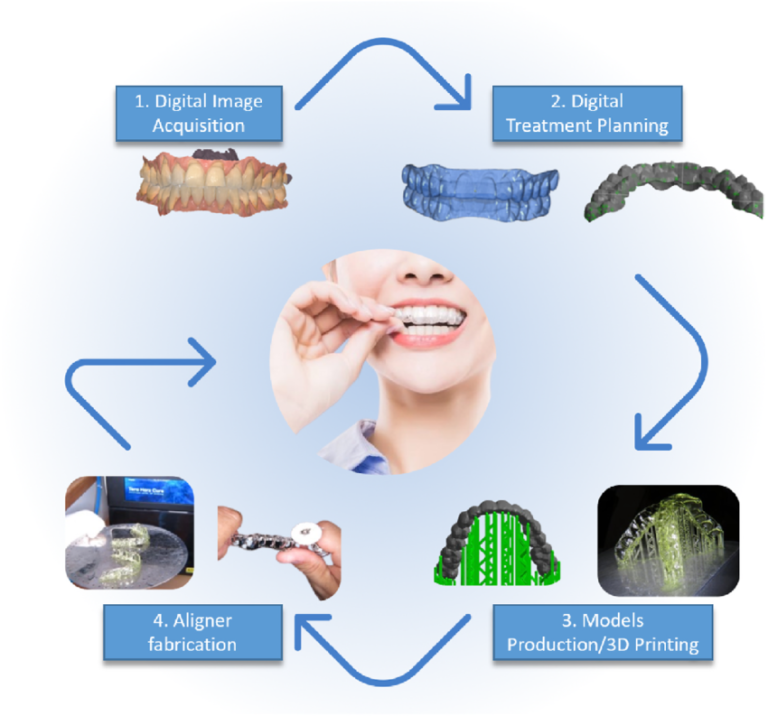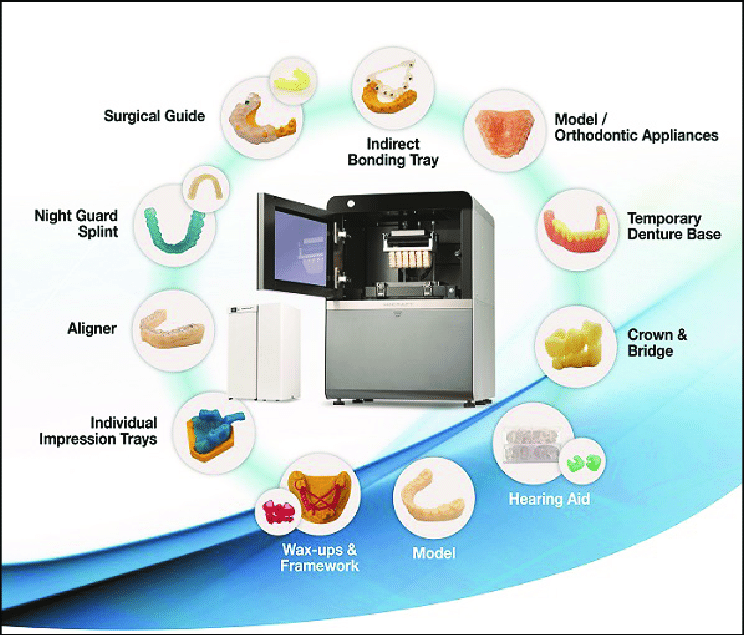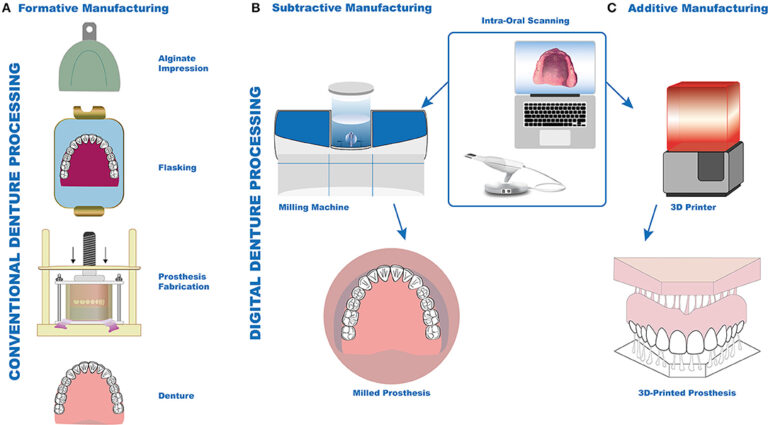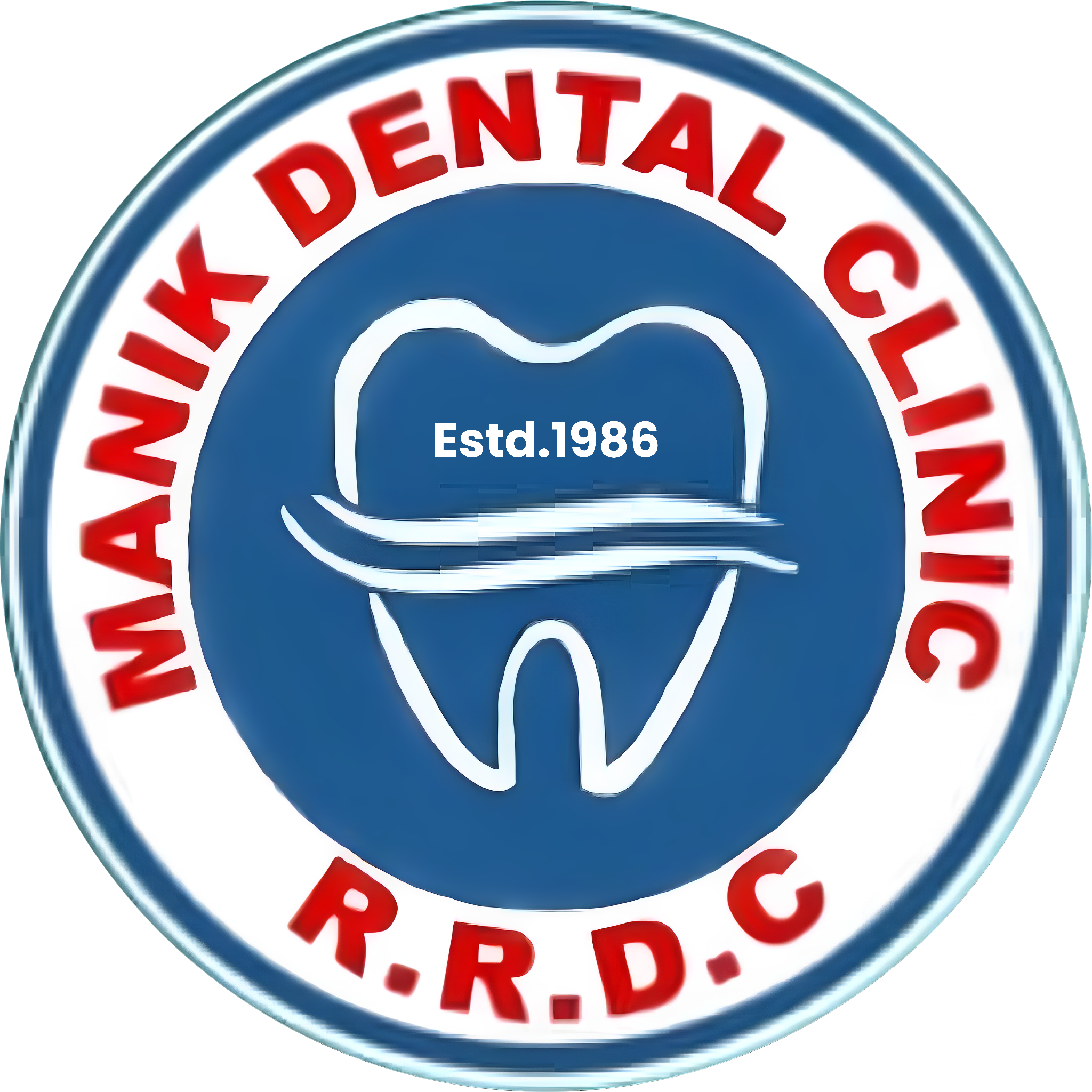Advanced Treatment Options
3D Printing in Dentistry
3D printing has revolutionized various industries, including dentistry. In dentistry, 3D printing technology offers several benefits that have transformed the way dental professionals provide care. Here’s a breakdown of how 3D printing is used in dentistry:
1. Dental Models and Impressions:
Traditional methods of creating dental models and impressions can be time-consuming and uncomfortable for patients. 3D printing allows for the rapid and accurate creation of physical models based on digital scans of a patient’s teeth and gums. This helps in treatment planning.
2. Prosthetics and Restorations:
3D printing enables the fabrication of crowns, bridges, dentures, and other prosthetic devices with high precision. Dental laboratories can 3D print these restorations using biocompatible materials like ceramics, resins, or metals. This not only ensures a better fit but also reduces the time required to create these restorations.
3. Surgical Guides:
For complex dental surgeries such as implant placement, 3D-printed surgical guides are used. These guides are based on the patient’s digital scans and aid in accurate and minimally invasive surgery. They provide a predetermined path for the surgeon to follow, reducing the risk of errors and complications.
4. Orthodontics:
Orthodontic treatments often involve the use of aligners or braces to correct dental misalignments. 3D printing plays a crucial role in creating customized aligners and braces. It allows for the production of multiple aligner sets, each representing a different stage of the treatment plan.
5. Education and Communication:
Dentists can use 3D-printed models to educate patients about their oral health conditions and treatment options. These physical models provide a tangible representation that makes it easier for patients to understand their dental issues and the proposed solutions.
6. Research and Development:
Researchers and dental product manufacturers use 3D printing to develop and prototype new dental materials, devices, and technologies. This accelerates innovation in the field by enabling rapid testing and iteration of new ideas.
7. Customization:
Every patient’s dental anatomy is unique. 3D printing allows dental professionals to create highly customized solutions that fit the patient’s individual needs and anatomy, leading to better treatment outcomes.
8. Efficient Workflow:
With 3D printing, the process of creating dental appliances and restorations is streamlined. Digital scans of a patient’s mouth can be directly converted into 3D-printable files, reducing the need for traditional manual labor and creating a more efficient workflow.
9. Reduced Turnaround Time:
Traditional dental prosthetics often require outsourcing to dental labs, which can lead to longer wait times. 3D printing allows for on-site or in-office production, reducing turnaround times for creating dental devices and restorations.
10. Advanced Materials:
3D printing offers a wide range of dental-specific materials, including biocompatible resins and metals, allowing for the production of high-quality, durable dental devices.
11. Complex Designs:
3D printing allows for the creation of intricate and complex dental designs that may be challenging to achieve using traditional methods. This opens up new possibilities for innovative dental solutions.
12. Emergency Repairs:
Dental practices equipped with 3D printers can quickly produce temporary restorations or devices for emergency cases, providing timely care to patients in need.



